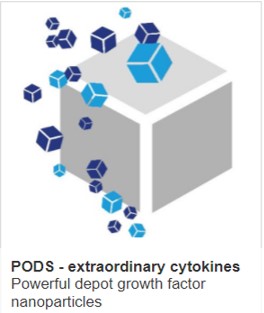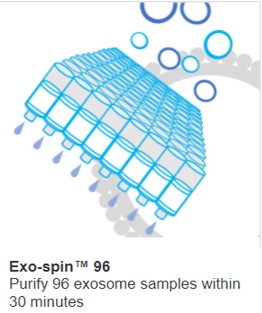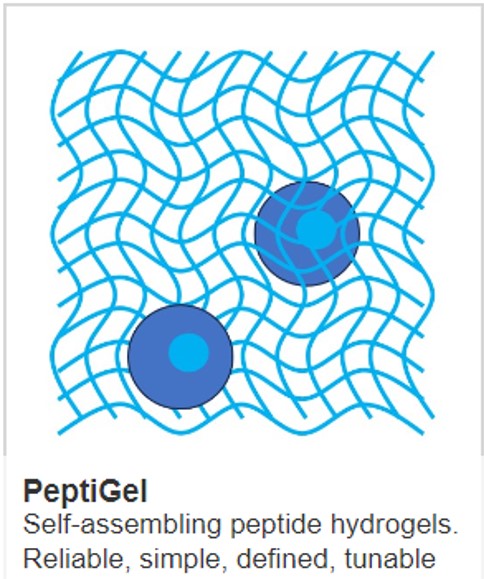Bone marrow models

Complex models of the bone marrow tissue, capable of replicating functional niches that maintain multipotent haemopoietic stem cells, are on the horizon. These models will enable more realistic and informative in-vitro studies of drugs for haematological diseases as well as assessing the myelotoxicty of treatments targeted at other tissues. They may also be useful for selecting the best CAR-T cell before commencing therapy.
What are tissue models?
Cell culture has been used for more than a hundred years to study cells and the effects of drugs. Over the last thirty years these cell culture models have become more sophisticated with 3D structures (such as organoids and spheroids) and the combination of multiple cell types. The 3D structures often use hydrogel scaffolds which provide a ready-made extracellular matrix for the cells to grow in.
3D culture has enabled the development of in-vitro models of tissues which more closely resemble in-vivo reality, making them more useful to understand the behaviour of the tissues and the cells they contain. They are also being used to understand the genesis of disease and the effects of drugs.
Why are complex tissue models needed?
The closer an in-vitro model is to in-vivo reality, the more likely it is to be accurate in predicting in-vivo outcomes. Simple 2D cell culture models - cells grown in flat sheets – can yield important insights and are widely used for high throughput screening. However, they do not behave the same way as cells in their complex natural niches in-vivo.
Animal models provide important insights but are more difficult to control and monitor than in-vitro experiments. It isn’t always possible to extrapolate results seen in animal studies to humans. For drugs, only clinical trials can reveal efficacy in humans.
Consequently, 3D models are important as they bridge the gap between other studies and in-vivo reality providing additional data before more costly studies are undertaken. As 3D models improve, the value of their data will increase to reduce the use of animals.
Bone marrow models
Using organoids and other 3D cell culture techniques, complex in-vitro culture systems are now providing ever-closer models of bone marrow. The current gold standard for evaluating the effects of therapies on the bone marrow is currently animal models. A recently published study by researchers at the University of Glasgow has moved the field forward significantly.

Bone marrow model (Credit Doherty Boyd et al)
Bone marrow is where haemopoietic stem cells (HSCs), the progenitors of immune cells are located. These multipotent cells last for a lifetime continuously generating new immune cells. Our understanding of the bone marrow niche has become increasingly detailed and this has allowed the development of more complex models. For example, it is known that mesenchymal stem cells (MSCs) are important for maintaining pluripotency of the HSCs. The way the HSCs and MSCs interact is important.
To create the HSC niche, the group introduced some innovations around the biomaterials used. Notably, rather than a simple admixture, the Glasgow group used a thin layer of PeptiGel – a kind of self-assembling peptide hydrogel – to initially separate the two cell types. As the experiment progressed the two cells invaded the PeptiGel coming into closer contact with each other and establishing niches. Because PeptiGel is 100% protein, it is quickly broken down by matrix metalloproteases and resorbed by the cells.
Screening CAR-T cells
Having established their model, the researchers then assessed its utility as a model for treating acute myeloid leukaemia (AML). They used CAR-T cells directed against THP-1 cells (a AML model cell line) targeting CD33. CD33 is also expressed on healthy HSCs, but the group is exploring the possibility of using CRISPR to engineer healthy HSCs lacking HSC which would be implanted alongside the CAR-T cells to replace unmodified HSCs targeted by the CAR-T cells. In their model, the CAR-T cells depleted the THP-1 cells leaving the CRISPR-modified CD33- cells intact.
IMAGE Bone marrow: myeloblasts with Auer rods seen in AML CREDIT (CC)



